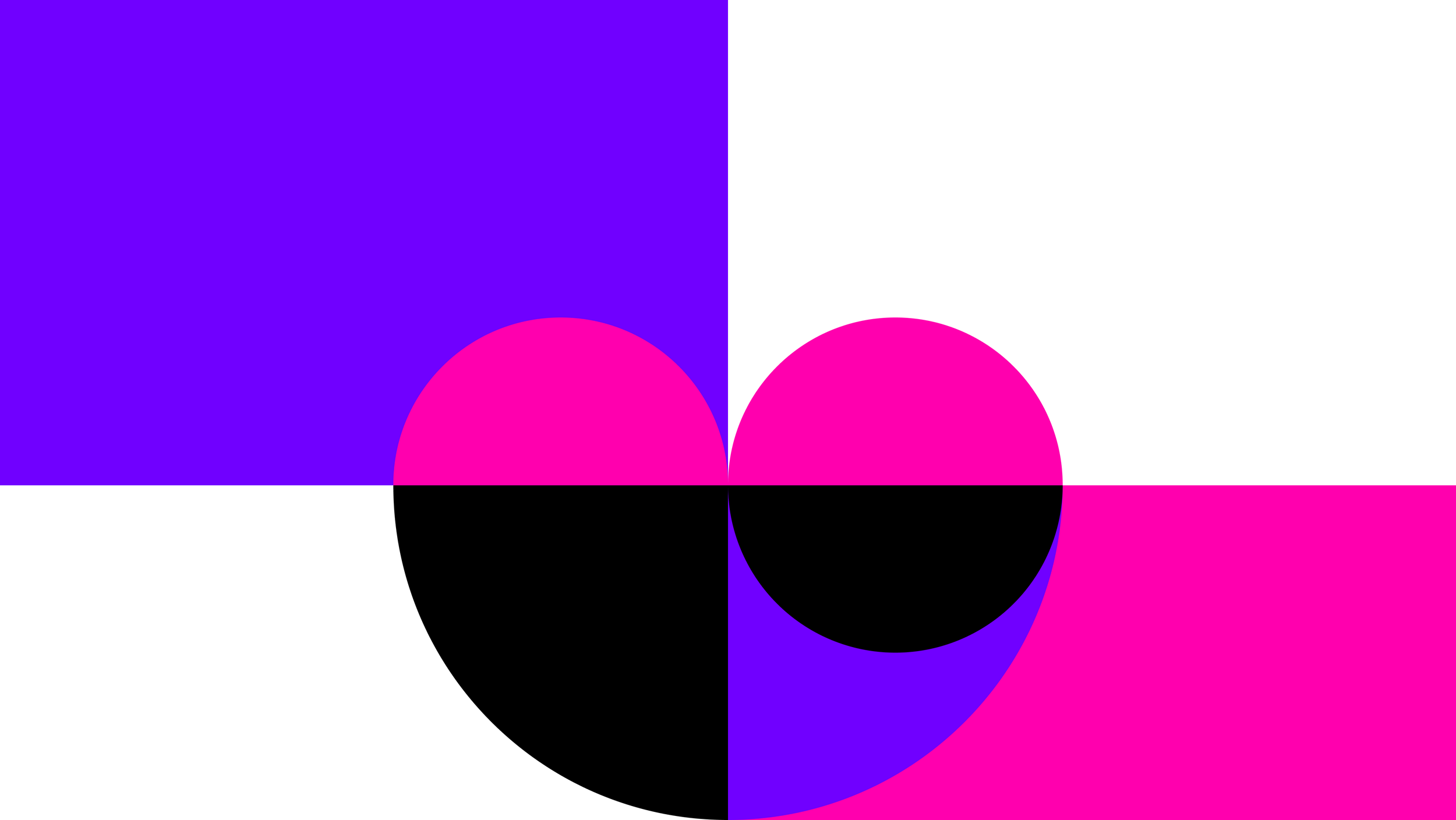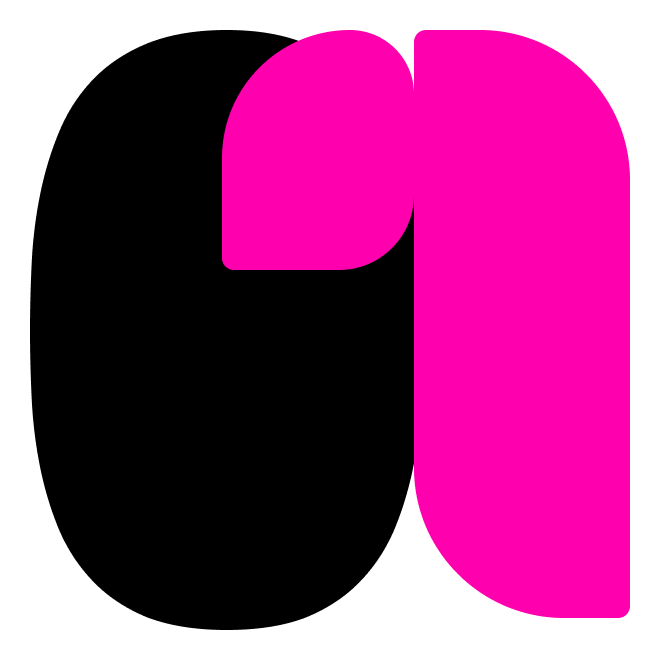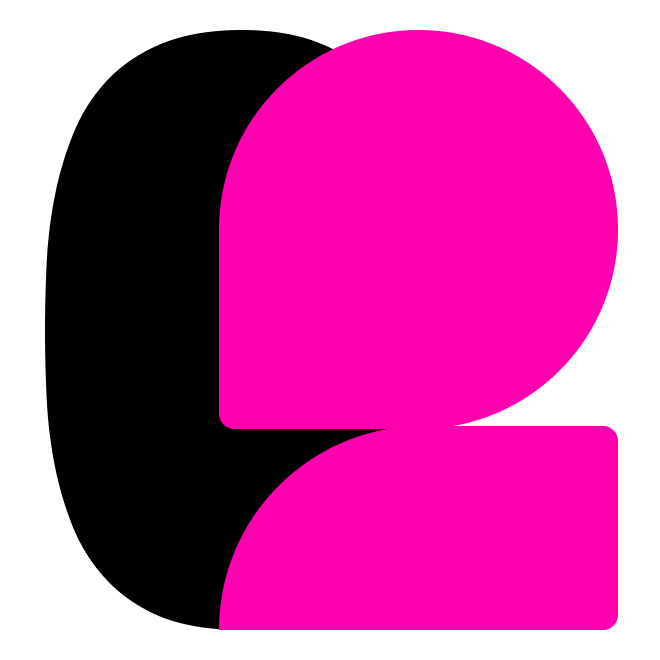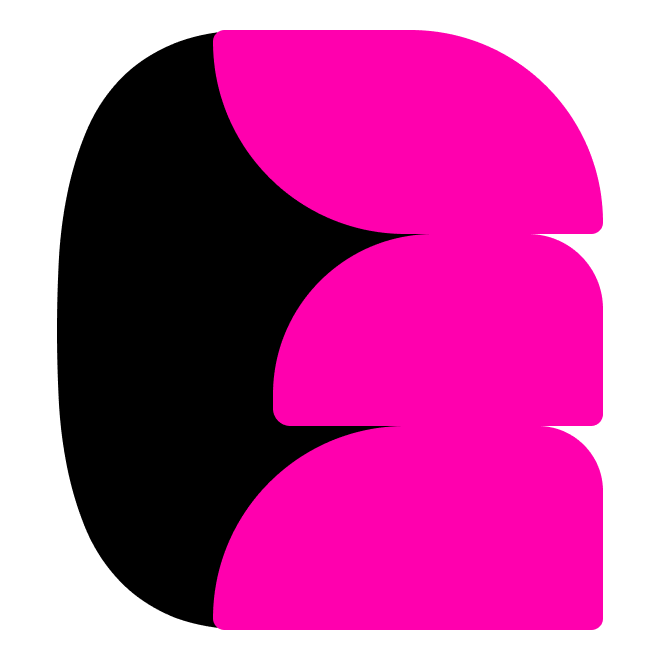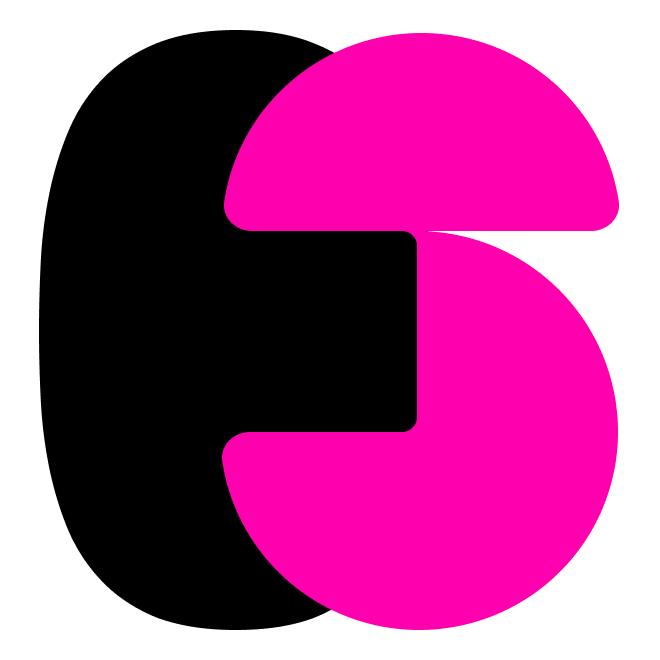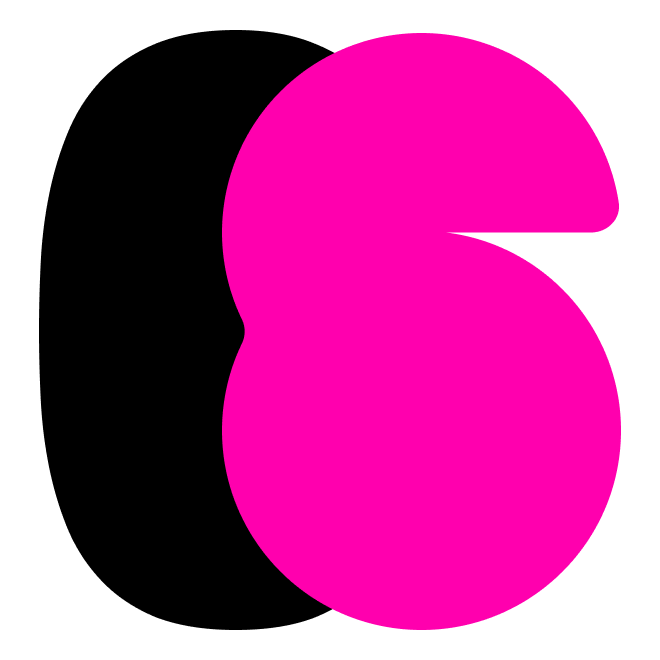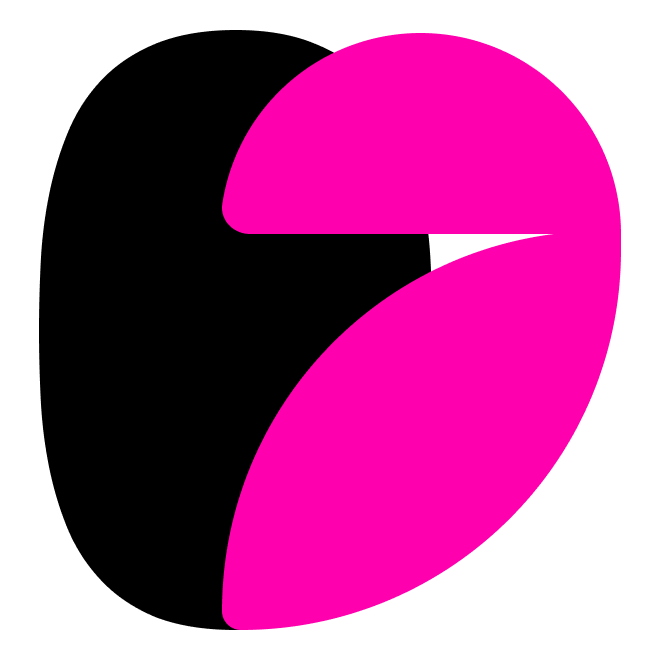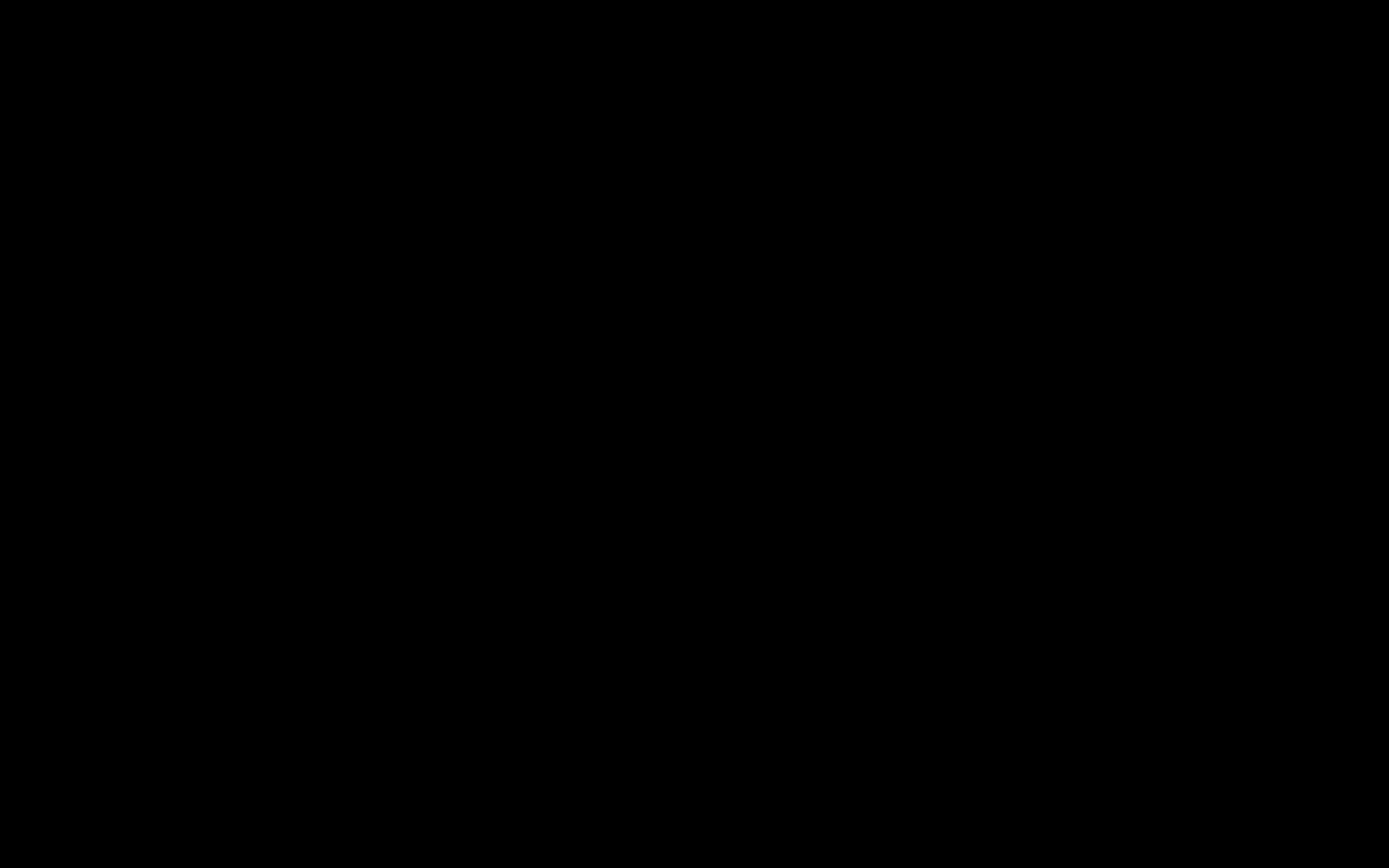The State of UX in 2025
About Change
Things have been feeling differently for a while. That UX buzz, that peak we hit in the late 2010s, has faded. Historically, designers have always aimed to exert vast influence within their organizations, guiding the creative vision and making critical decisions that shape the product. That reality simply doesn’t feel palpable anymore when you look at the state of UX more broadly. UX is increasingly a byproduct of business objectives, not the driving force.
Written by Fabricio Teixeira and Caio Braga, illustrated by Manoel do Amaral, narrated by Laura Vandiver.
Design Handoff
What we have started to witness this year is a fundamental shift in responsibilities and a transfer of design control from designers to a complex network of algorithms, automated tools, and business stakeholders.
We’re handing our designs to Figma while it trains its AI. It's right there in the fine print you accepted when they launched their new AI features this year, because you also accepted Figma as the most convenient tool there is. Some say these AI design tools will put us out of a job; others say they'll just make us faster. Trying to pick one single lane is lazy thinking. Arguing that AI will only replace the mechanical part of our job is shortsighted. [1] [2] [3] [4] [5] [6] Very soon, AI-powered tools like Figma, Vercel, Canva (and many others) will change everyone’s perception of who is equipped to design, how long design takes, and—inevitably—how much design is worth paying for. [7] [8] [9] [10] [11] [12] [13]
We’re handing our design systems to growth teams so they can squeeze every last penny out of customers. We're optimizing our flows for clicks, not clarity. We stopped building tools and started building engagement traps. [14] [15] [16] [17] While in the past UX had a certain aura of care for users, in 2024 we are bluntly following the numbers. In many companies, the pursuit of growth is overshadowing the pursuit of meaning. [18] [19] [20] [21] [22]
We're trading empathy for algorithms. Personalization has gotten so complex that it’s now out of human control, and can lead to echo chambers, warped perspectives, and consequences we’re unable to predict. We're slowly swapping user research for automated A/B tests, and gradually letting the data make decisions on our behalf. [23] [24] [25] We could be choosing to create software that is local-first, more private, and more thoughtful. Still, we're choosing to build for the machine—not for each other. [26]
We’re shipping new products before they’re even ready. Look at the AI hardware fiasco in 2024, or at all the half-baked AI features in our enterprise products—broken promises everywhere. Products don’t have to be ready for prime time because, over the last decade, we convinced ourselves we got to “fail fast,” “test and learn,” and “lean-UX” our way out of tight timelines. Which is a cynical subversion of all the foundational UX principles we claim to adhere to. [27] [28] [29] [30] [31]
We’re shifting our focus from good design to organizational politics. Increasingly, designers spend most of their day (and energy) in meetings talking about everything other than design, getting “stakeholder alignment”, and “balancing out user and business needs.” Products are launched because someone needs a promotion. Timelines are built around someone’s performance review or company reports. [32] [33] [34] [35] [36] This year, layoffs felt like a constant threat, and in many ways, the focus shifted from doing great work to just holding onto our jobs. [37] [38] [39] [40] [41] [42]
We’re publishing half-baked thoughts on Linkedin, hoping for the recognition we don't get at work. This year, the lack of job security also made designers double down on our “online presence”, in an attempt to remain relevant within our networks. We’re writing catchy Linkedin posts to please the algorithm; we’re making our thoughts more polarizing than they need to be. There’s no place for longer-form discussions or nuanced back and forth. It’s easier to build an audience using controversy than real thought. [43] [44] [45]
We’re giving up on the dream of community-wide events, and we’re letting companies dictate the design agenda. While smaller events continue strong even post-COVID, we clearly haven’t found a sustainable model for design conferences at scale. IxDA couldn’t compete with the big budgets behind Figma’s Config and Adobe Max. Which means those few companies get to decide who talks about what in today’s largest design arenas. [46] [47]
We're teaching our brand voice to LLMs so they can communicate with our customers without our oversight. We’re choosing not to hire a photographer and to use AI-generated imagery instead. We’re choosing not to hire a voice actor, not to hire an illustrator artist.
“Just this one time because the budget is short.”
“Just to try it out.”
“Just because our competitor is doing it.”
You get the point.
On their own, these shifts might fly under the radar. But zoom out, look at the whole year, and the patterns start to emerge—giving us a glimpse of where Design is headed. These subtle changes have been impacting everything: our daily routines, what we produce, the tools we use, our career paths, and even our communities more broadly.
So, as designers, how might we embrace change?
Is Change
Despite all the transformations we’re seeing, one thing we know for sure: Design (the craft, the discipline, the science) is not going anywhere. While Design only became a more official profession in the 19th century, the study of how craft can be applied to improve business dates back to the early 1800s. Since then, only one thing has remained constant: how Design is done is completely different decade after decade.
The change we’re discussing here is not a revolution, just an evolution. It’s simply a change in how many roles will be needed and what they will entail. “Digital systems, not people, will do much of the craft of (screen-level) interaction design.” [48] [49] [50]
Bit of a cliché to say this, but think back to inventions like the printing press, the computer, and the internet: with each new tool developed, some design jobs ceased to exist, and new ones were created. Design history is full of these cycles. History—more broadly—is also based on cycles.
Every time such shifts happen, the industry rearranges itself to fit the new mold.
Is An Opportunity
For you, this might mean rethinking your career focus in the coming years. Maybe that's stepping up into leadership, or diving deeper into strategy. It could be embracing the creative side, exploring the psychology of users, or championing accessibility. Becoming a meta-designer, a “Chief Ontology Officer”, a pattern wrangler. Building meaning and stories with data is a big sought-after leadership skill these days. There are so many opportunities and so many new tools to explore. [51]
Or maybe, just maybe, it means going back to basics. Doubling down on the craft, becoming a Luddite so to speak. [52] Focusing on the joy of creation, of building something tangible, meaningful—even if it's not the next AI-powered billion-dollar tech unicorn. There is always space for the highly crafted and passionate. There's a quiet satisfaction in the craft, a connection to something real. And who knows? Maybe that's where the real magic happens. [53] [54] [55]
Or maybe this is the nudge you need to jump ship entirely. As designers, we are exposed to so many topics and ideas that there's bound to be a spark, a hidden passion just waiting to be unleashed. Design, after all, is not just a job but a particular way to look at the world and reimagine it. [56] [57]
If you love to design, you’ll find your way.
Love also rearranges itself to fit new molds.
For us, after publishing these yearly UX reports for the last 10 years, things also need to change. We’ve covered transformations in our industry, new technologies, visual trends, our career expansions, and how we did our best to survive the pandemic as an industry and as individuals.
A decade is a long time in any field. Trends shift, styles evolve, conversations change. Heroes come and go. We've grown. We are thankful for this cycle and want to start thinking about what’s next. Optimism isn't about reliving the past—it's about creating the future we want before someone else does.
We are proud of the impact we made and the conversations we started with these reports. In the coming years, we will be exploring other ways to share our macro thoughts about the state of our industry.
In the meantime, you can check some of our curation and writing on doc.cc and our newsletter, where we continue to seek meaning in the world of digital product design.
If you love something, set it free.
See you soon. We will always be cheering and supporting you,
Fabricio + Caio
AI & design
[2] The story of Figma: living long enough as a hero to become a villain?
[3] Don’t be fooled with Figma new AI features
[4] Is AI going to steal your job?
[5] How human nature, AI, and interest rates ruined it
[6] The expanded scope and blurring boundaries of AI-powered design
[7] A design director’s dance with artificial intelligence in 2024
[8] AI’s 11 limitations for building digital products
[10] Envisioning the near future
[11] Design doesn’t need to end like this
[12] Vercel AI
[13] Canva Magic Design
Growth & ethics
[14] Ethics in times of growth design
[15] Product Design is overtaking UX
[16] Deceptive Patterns
[17] The UX con artist’s guide to common deceptive patterns
[18] Ethical alternatives to revenue-generating deceptive patterns
[19] Figma and the cost of collaboration
[20] Deceptive Patterns in UX: How to Recognize and Avoid Them
[21] (No) ethical design under capitalism
Empathy & care
[23] Nike’s $25B blunder shows us the limits of “data-driven”
[24] What no one tells you about personalization
[25] Google’s Generative Search Experience is failing its users
[26] Home cooked software
[27] Fire, Ready, Aim
[28] Figma disables its AI design feature
[29] Apple releases new iPhone without Apple Intelligence in it
[30] Humane AI Pin review: not even close
[31] ‘This Is Going to Be Painful’: How a Bold A.I. Device Flopped
Career & industry
[32] Talk about craft and quality is cheap and the buzzword of 2024.
[33] You don’t have to be stupid to work here, but it helps
[34] Why I’m yet another woman leaving the tech industry
[35] Draw your own maps: The quest for workplace clarity
[36] Navigating politics at work
[37] Why you should have a brag document
[38] Life after Spotify: what no one tells you about life after layoffs
[39] What Spotify’s latest layoff means for a career in UX Research
[41] The Great Tech Reset: Unpacking The Layoff Surge Of 2024
[42] A comprehensive list of 2024 tech layoffs
Education & community
[43] Hi, it’s me from 2 days ago: the death of the chronological internet
[45] Why are UX professionals on social media thieves of joy?
[46] An Announcement from the Board Regarding the Future of IxDA
[47] I’m leaving the UX industry
Change & opportunity
[48] Five Future Roles for Designers
[49] UX design isn’t dead, you’re just confused
[50] Language Model Sketchbook, or Why I Hate Chatbots
[51] Shaping the Future of Design
[52] Design doesn’t need to end like this
[53] Accepting design
[54] Craft: On dedication and love for the invisible work.
[55] Three things I know
